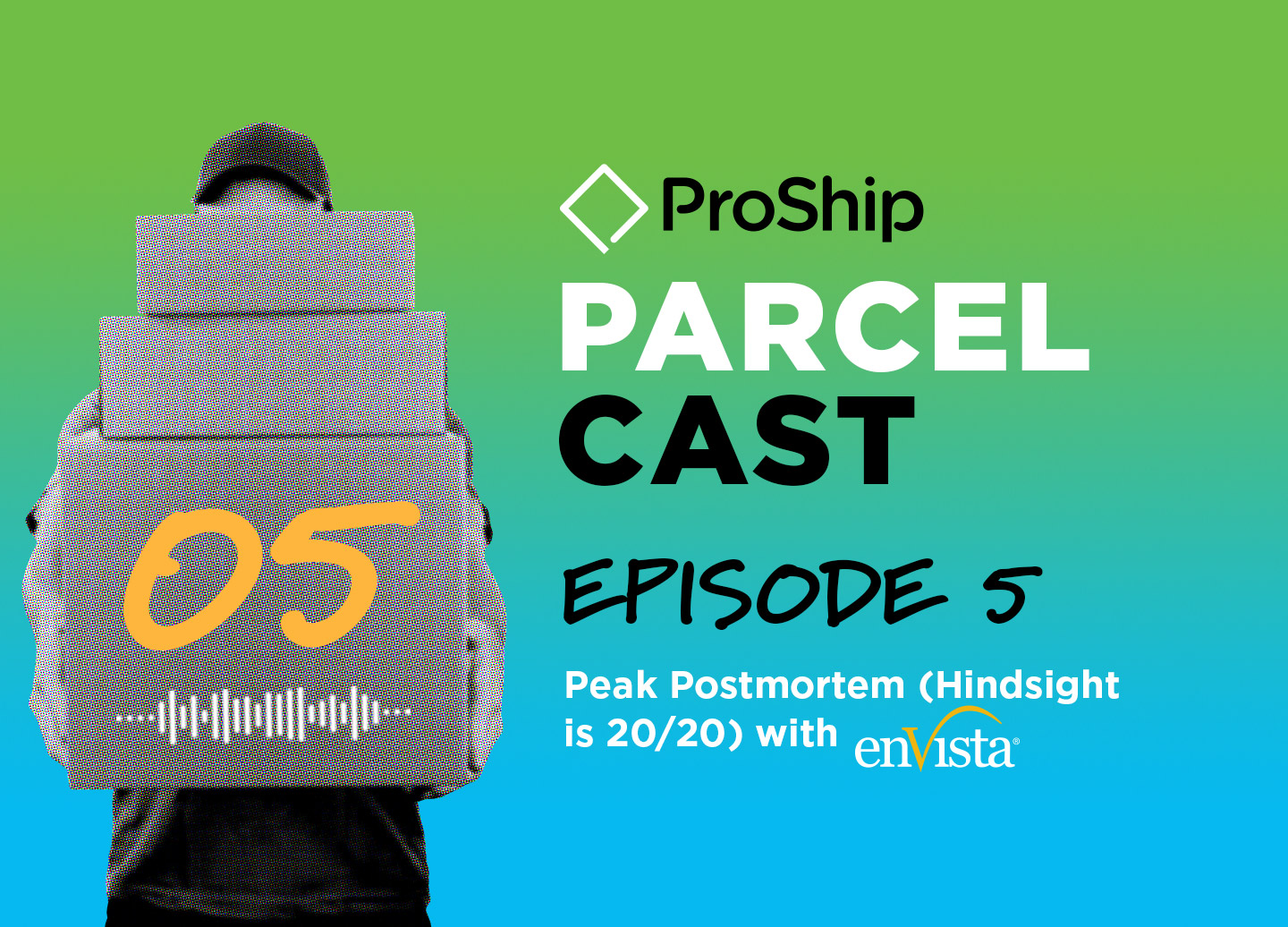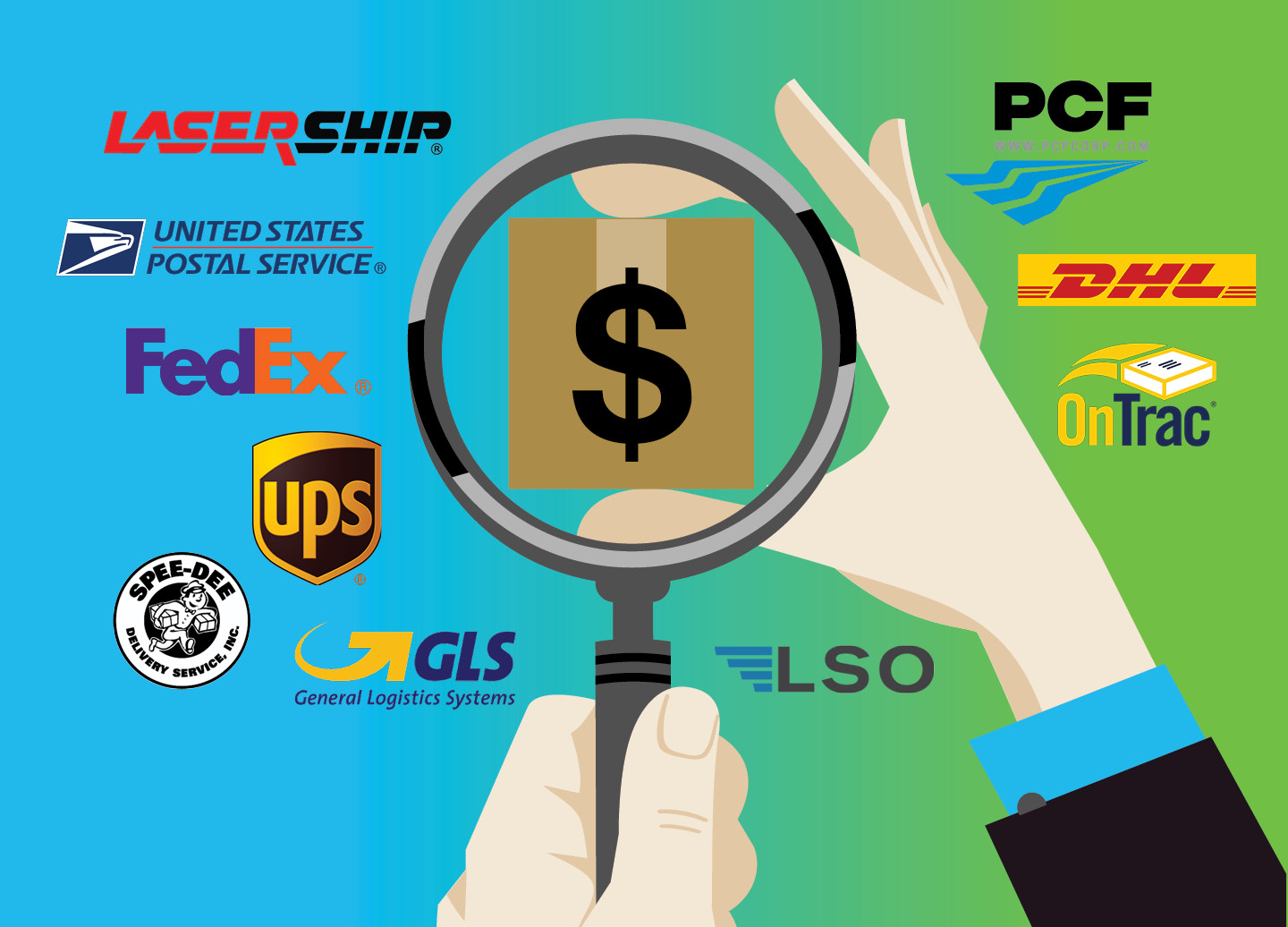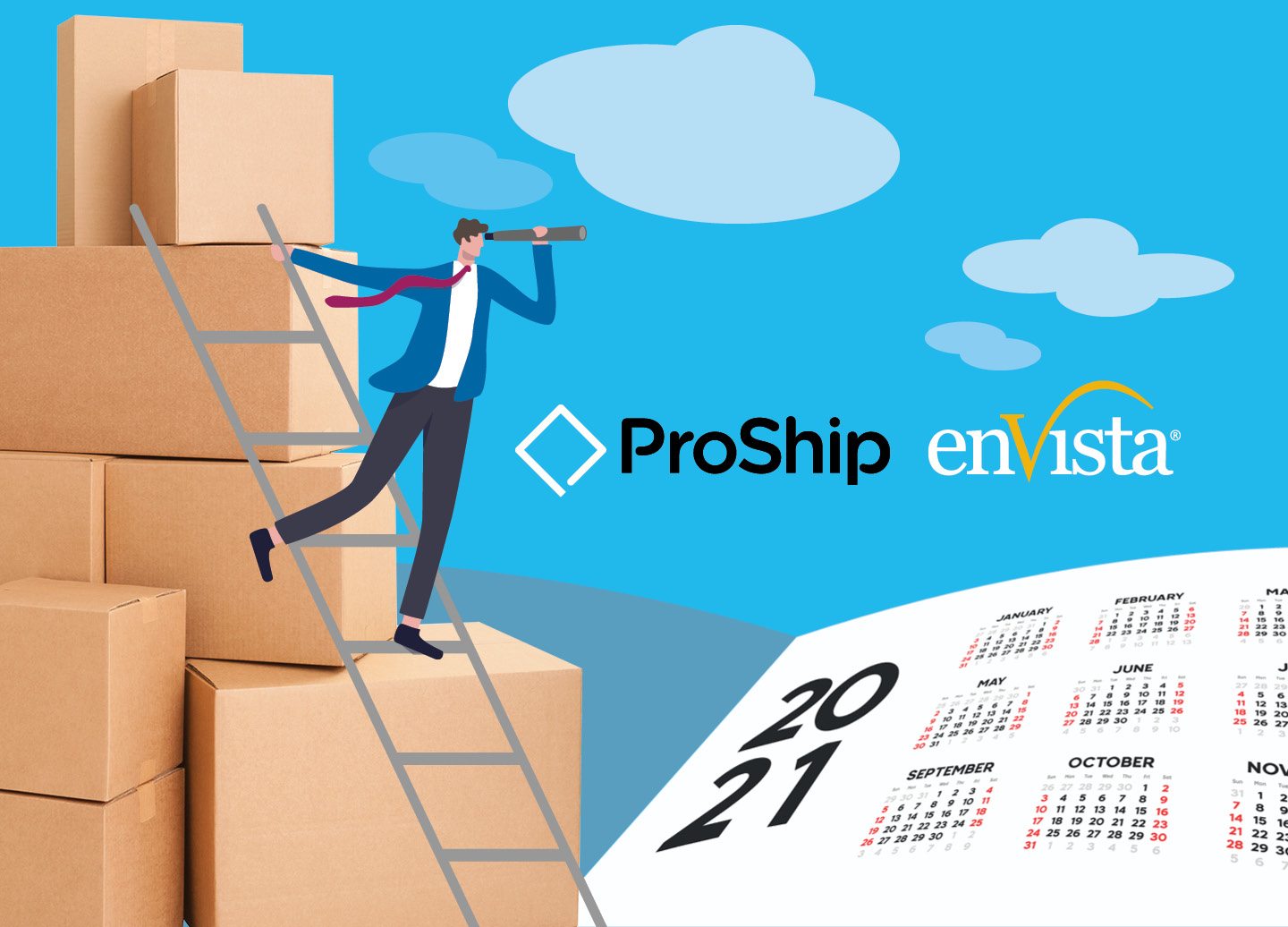The famous Thanksgiving shopping extravaganza is growing faster than anyone expected, and e-commerce is winning the game
Another peak season has officially started. As everyone powers up their laptops to scour the sales, stores are reinforcing their holiday displays and training their staff on handling mob mentality, while warehouses are packed to the brim with holiday helpers. With roots as far back as 1961, Black Friday made its official debut in 2005 where stores across the nation were deeply discounting merchandise for turkey-stuffed shoppers to line up outside for.
Today, it’s a beast that’s not looking to be tamed. According to the National Retail Federation, more than 164 million Americans were planning to shop over the Thanksgiving weekend, and of them 74% planned to hit the shops on Black Friday. For reference, that is about 116 million shoppers that stampeded the stores.
Key Takeaways from Black Friday and Cyber Monday
1. Thanksgiving, the new day for shopping
Remember when Black Friday was on a Friday? This year prices on Thanksgiving Day were as low as prices on Black Friday for the first time, and consumers everywhere scrambled to snag the deals in record numbers, making Thanksgiving Day the fastest-growing online shopping day so far this season (up 28% from last year). In fact, this year retailers including Bass Pro Shops, Macy’s and Walmart were all open on Thanksgiving Day.
It isn’t just about shopping though; many stores that stay open on Thanksgiving face backlash for keeping employees away from families and loved ones. Meanwhile, stores like Costco, Crate and Barrel, and Marshalls tout the fact that they don’t open on Thursday as a way of putting themselves in a more family-friendly light. It would appear that the backlash isn’t enough to keep everyone around the table though, as stores took home $1 billion in mobile commerce alone on Thanksgiving Day.
2. Online sales win across the board, meaning more to ship
Although retailers enticed the public with Black Friday doorbusters and in-store promotions, RetailNext, which measures store traffic, found that brick-and-mortar sales during the four-day period from Thanksgiving to Sunday were down 6.6 percent. The way that consumers shop has had a lot of influence on the upward trend to shop online during Black Friday. What used to require standing in line (in some states in subzero temperatures!) for hours just to fight off hordes of sleep-deprived fellow-shoppers, now can be tackled from your couch on your smartphone or laptop.
This year we saw many more shoppers heading straight to e-commerce sites with direct traffic sites ranking highest for driving sales this season. Black Friday generated more than $2 billion in sales from smartphones alone according to Adobe, and a total of $6 billion in e-commerce sales. So if this traffic is coming from online, what is the actual difference between Black Friday and Cyber Monday, other than a name?
“Despite some of the best deals coming earlier in the holiday season, the Cyber Monday brand has great staying power. Many shoppers have waited on certain purchases, with three hours tonight expected to bring in as much revenue as an average full day. While certain discounts have remained since Black Friday, out-of-stock rates are starting to peak up and shoppers looking for the hottest products should not wait much longer,” said Taylor Schreiner, director, Adobe Digital Insights.
Retailers like Amazon, Playstation and Kohl’s didn’t even limit themselves to two days of sales and instead called the holiday “Cyber Days,” “Black Friday Week” or “Cyber Monday Deals Week”. Hey, with sales soaring during holidays, why not extend it a whole week? Other retailers are following trend by sending out promotional emails titled “Cyber Monday Deals Extended” in order to cling on to the famous holiday name.
Bottom line, Cyber Monday topped $7.9 billion in order to become the biggest shopping day in U.S. history. Will you get your orders shipped out quick enough?
3. Amazon is still an e-commerce hotspot
Online retailers like Amazon came out as big winners this Thanks-getting holiday. The internet retailer saw its biggest shopping day in history on Cyber Monday, with the most products ordered worldwide than any other day (even more than Prime Day). The previous biggest shopping day for Amazon was Cyber Monday 2017.
Amazon said that this holiday sale season was comprised of the biggest group of shopping days in their history, where customers in the U.S. purchased millions more products over the five-day period vs. the same period last year. Overall, Amazon.com customers ordered more than 180 million items over the five days.
4. Shipping, the one thing there didn’t seem to be many deals on
You can bet if consumers were so quick to clear the table and get to stores in the past, how quickly their highly-anticipated items ship is a big deal to them as well. With many retail giants offering free two-day shipping, other retailers are forced to step up their game, and it isn’t always smooth.
For example, Costco advertised free shipping on Black Friday, but did not clearly define what items were eligible, leading to frustrated customers and abandoned carts. Walmart was much clearer and offered free shipping on all purchases $35 or more, but customers grew increasingly irritated with the hoops to jump through to achieve free shipping.
“In order to be successful in choosing the right options for your business, you need to put your customers first. Which options enhance the customer experience at the cart level? The transit level? The delivery level? If your best customers spent more money and your site visits had less cart abandonment – what would that mean to your business?” Says Matt Mullen, senior vice president and managing director for Neopost Shipping.
5. BOPUS, a way for consumers to avoid shipping charges
We saw many consumers consciously choosing the BOPUS (buy online, pick up in-store) option at checkout, and avoiding shipping fees by opting instead to go grab their own items. In 2018 BOPUS orders grew 73% from Thursday to Friday, Adobe reports. Many online retailers are offering free shipping with a minimum purchase order, which helps to alleviate the shipping cost issue, but there are still hurdles to navigate with shipping, especially on a national holiday when everyone’s orders ship at once.
Trend Alert: To take BOPUS to another level and provide customers with another option (i.e. not having to get up at 5am on Black Friday and fight colossal lines at checkout lanes or pick-up counters) retailers are providing in-store technology such as parcel lockers.
2018 Spending Stats:
- Average Order Value: $146 (up 8.5% yoy)
- Thanksgiving Day: $3.7 billion (up 28% yoy)
- Black Friday: $23 billion (up 9% yoy)
- Online purchases: $6.22 billion (up 24% yoy)
- Cyber Monday: $7.9 billion (up 19% yoy)
Case in point: E-commerce will not go away, and today’s retailers are struggling to meet customer demands in order to build a lifelong customer base. In order to address this, retailers need to look at their shipping functions. For instance, to Amazon, shipping isn’t valuable because it saves them money or ultimately gets the package on the porch – it goes beyond the box. Shipping is valuable to Amazon because it’s valuable to Amazon customers, meaning they treat shipping as a competitive advantage in service and experience, not price or operational efficiency. For example, if we think of Amazon Prime as free two-day shipping for your best customers (how another retailer might see as a business rule), then Prime loses money every time. But if we think of Prime as a competitive advantage in service, it wins. Did you know Amazon’s best customers spend almost double what non-Prime members spend every year? It keeps winning.
Once the dust settles, turkey is digested, and shopping has concluded, this time of the year is all about being thankful. We want to do our part to help retailers keep their consumers coming back for more, and thankful for the fast shipping and top-notch customer experience.
You might also like…
- USA Today: Amazon’s Biggest Lesson for E-Commerce Companies
- [eBook]: 7 Strategies to Take the Hassle Out of Holiday Shipping
- [Q&A] Top 5 Questions about Multi-Carrier Shipping Software
Sources:
https://dailycaller.com/2018/11/22/thanksgiving-bl…
https://www.fool.com/investing/2018/11/23/3-stats-…
https://www.digitalcommerce360.com/2018/11/25/e-re…
https://www.forbes.com/sites/gordonkelly/2018/11/2…
https://www.bloomberg.com/news/articles/2018-11-27…

 Back to Blog
Back to Blog






